Vagabonding Field Report: The Morocco most people won’t see
Welcome to Guelmim, Morocco, the gateway to the Sahara!
Cost/day: ~$24
What’s the strangest thing you’ve seen lately?
Camel meat is a common ingredient in the southern area of Morocco. There are 3 types of camel, and each color has its own function. White camels are special as they can smell water from 30 km. Dark brown (referred to as black) camels are used for work, and the lighter brown ones are used for meat. When you visit a butcher to buy your camel meat, you will find their legs hanging up. Younger camels are used for chops while older ones are more suitable for ground meat. It can be a little disconcerting to see a bunch of legs hanging in the air.
Describe a typical day:
Guelmim, admittedly, doesn’t have a lot of tourist activities. It’s best for those who wish to experience rural Morocco, a slice of life they will never experience in the more commonly visited cities of Marrkech, Fez, Casablanca, etc. However, it is easy to arrange a Bedouin experience in the desert from here. Guelmim is also within easy reach of some great beaches that are not overcrowded and packed full of tourists.
We enjoyed getting breakfast from our favorite cafe (ask for kulshi) and watching the world go by, which is a national hobby. Sip on your wonderful mint tea and savor the ritual that comes along with preparing it. Dip your pieces of bread in the wonderful argan (it tastes like almond butter) until your eggs come out on a sizzling platter. Rip off a piece of bread and use that and a finger to scoop up some egg. It’s a delightful way to begin a leisurely morning.
And no one does leisurely quite as well as the Moroccans.
Supermarkets do not sell fresh foods, so to get supplies you’ll need to visit a few vendors. Spend any amount of time here, and you’ll soon have your favorite vendor for produce, meat, chicken, bread, and so on.
Describe an interesting conversation you had with a local:
One of my fondest memories of our time on the nearby oasis was sitting down and chatting with a local about a number of things, one of which included attitudes about dress for women. It was a discussion that really challenged my way of thinking in a way I had not anticipated. It really forced me to reconsider my judgments regarding how women dress there.
What do you like about where you are? Dislike?
I loved the slow pace of life. It was really fun building relationships with all my regular vendors. Whenever I went into town unaccompanied by son, they would always inquire after him. It was easy to feel like you were part of the community, even if my French was limited and I only knew 4 words of Moroccan Arabic, 3 of which had been taught to me by our favorite bread vendor. He was a wizened man who always had a big, mostly toothless smile and who delighted in hearing me use the words he taught me.
I was not a fan of the mini buses and shared taxis. I don’t enjoy being squished into vehicles.
Describe a challenge you faced:
Communication was the biggest challenge. English is not commonly spoken. In fact, I found more people who spoke Spanish than ones who knew more than “Hello!” in English. My French was pretty limited, and many of the locals didn’t speak that language either. But they were never impatient. We always figured out how to communicate, and when we finally figured out what the other was saying, we would both laugh heartily.
What new lesson did you learn?
Never make snap judgments about a cultural norm. You don’t really know what’s behind it, and once you discover the history and its meaning it may not seem so strange, unusual, or awful as you initially thought.
Where next?
London! I can hear my bank account crying already.
You can follow along or learn more about our adventures on our blog and by connecting with us via Facebook.

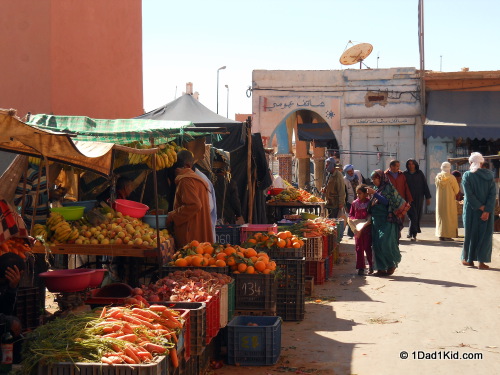
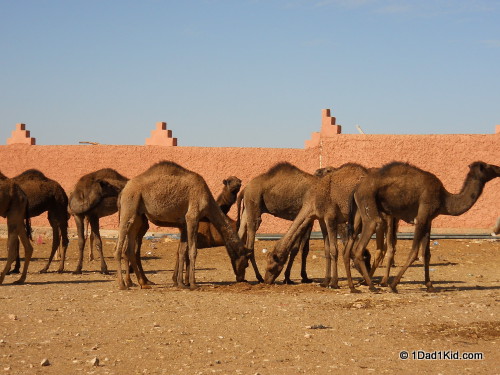
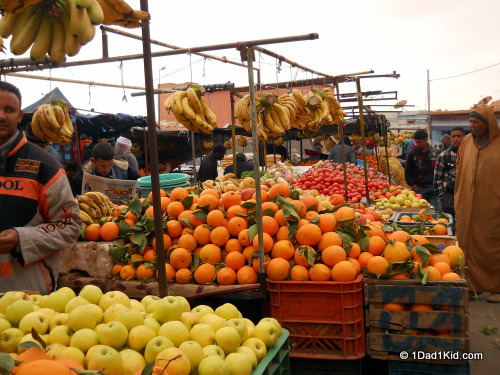
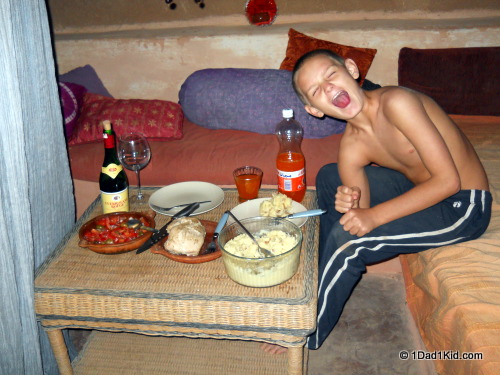
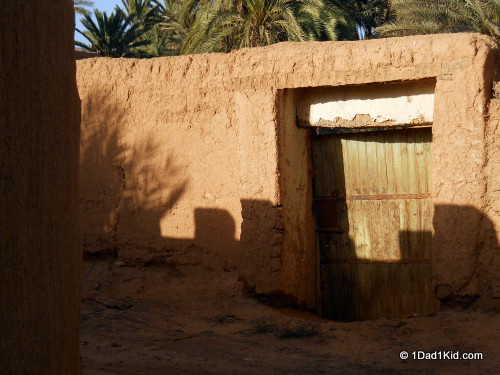
Category: Africa, Vagabonding Field Reports